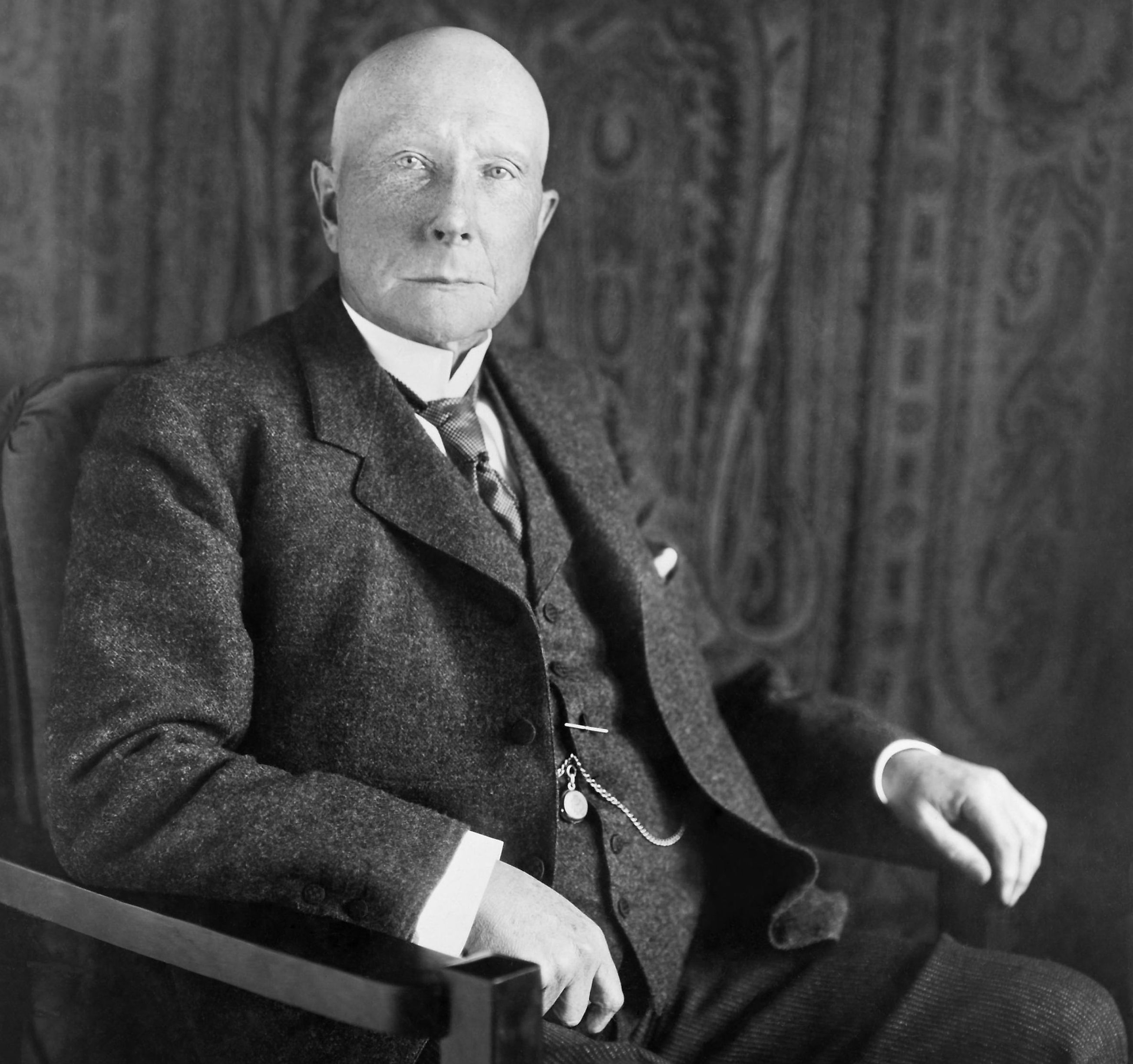
Who Was The Richest American In History?
While different kings, emperors, and rulers make the list of the richest people ever, the richest American in history sits a bit more recent on the timeline. John Davison Rockefeller Sr. (July 8, 1839 – May 23, 1937) earns the spot, having amassed an estimated $900 million in 1913, which is worth US$24.7 billion today. His personal wealth was also 3% of the US GDP of $39.1 billion in 1913.
Rockefeller embodies the essence of an entrepreneur, having developed a strong understanding of business tactics and strategies, alongside a love for philanthropy, from a young age. In his lifetime, Rockefeller earned over $445 billion in US dollars today.
Learn all about the early life of John D. Rockefeller, alongside his roles as a business magnate and philanthropist and the legacy he left behind.
The Early Life Of John D. Rockefeller
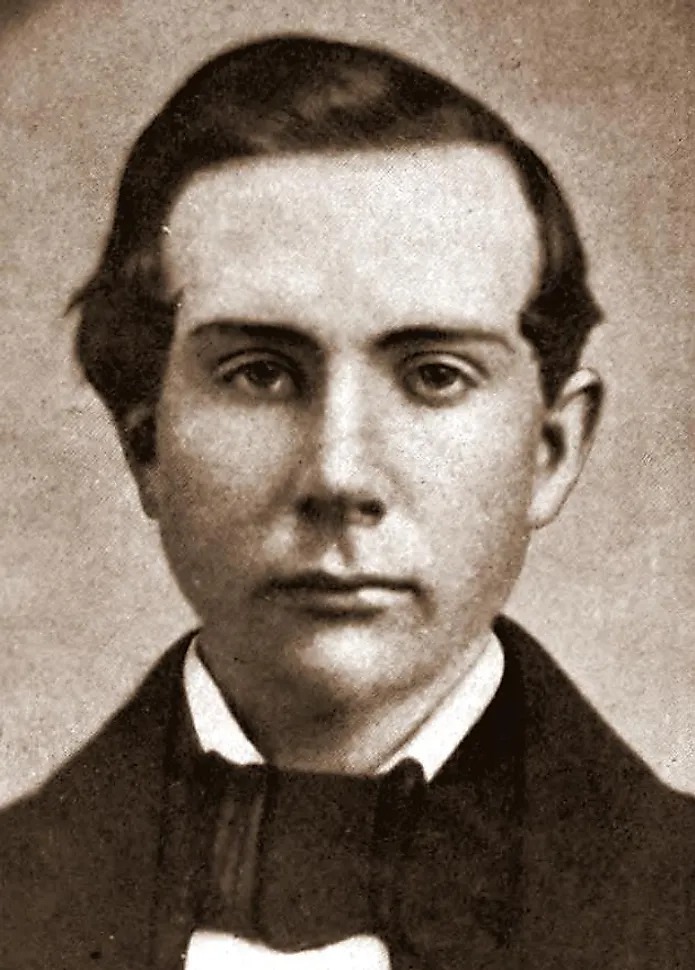
John D. Rockefeller was born in Richford, New York, on July 8, 1839. He was born to Eliza Davison Rockefeller and William Avery Rockefeller, who each took on very different roles in young John's life.
Rockefeller's father was a pitch-man who persuaded clients that he had elixirs that would cure ailments, earning money through cons and schemes. He would travel around, collecting fees and returning home infrequently. On the other hand, John's mother was very religious and believed in hard work and the importance of giving.
With his father away and his mother left to run a household of six children, John adopted a number of household chores and also earned cash by doing small jobs around town, such as raising turkeys, selling potatoes and candy, and lending money to those in need. When he did lend cash, he charged interest, allowing the money to generate wealth for him.
The Rockefeller family moved around a little, traversing from New York to Cleveland, Ohio. Regardless, John continued to excel in mental arithmetic and found himself on the debate team, two skills that would serve him in his future career endeavors.
In 1855, Rockefeller attended Folsom's Commercial College, learning about bookkeeping, penmanship, and banking skills. In the same token, he also caught onto his father's techniques, learning how to draw up business papers and contracts. Later that year, at the young age of 16, Rockefeller found a job as an assistant bookkeeper.
A serious and diligent worker, he quickly impressed his employers. He did well for the company, focusing on earning them money through attentive work and negotiations. He also kept a ledger to record all his expenses, ensuring he never had a penny owed and maintaining a good understanding of money and its value.
John D. Rockefeller: The Business Magnate
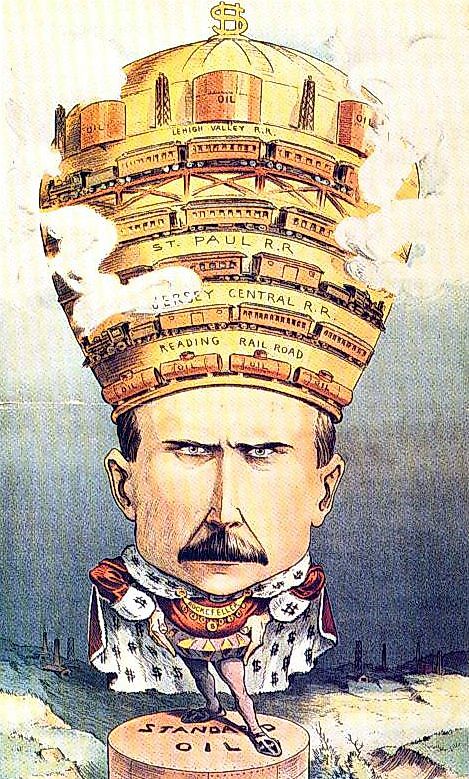
On March 1, 1859, while he was only 19, Rockefeller developed his own business along with a neighbor, Maurice Clark. They named the company Clark & Rockefeller, commissioning merchants for grain, hay, meats, and other goods, which were much needed during the Civil War. They each earned a profit of $4,400 in 1861 and $17,000 in 1862.
Rockefeller traveled all over Ohio, gaining business deals, and then went to the bank to borrow money to cover shipping. This business model helped their company gather traction quickly and on a large scale. Despite the success, he kept his eyes open for other business ventures.
Rockefeller made his fortune in his early thirties by revolutionizing the oil industry. The discovery that they could pump oil from the ground in 1859, alongside the growing importance of oil in society, caused Clark & Rockefeller to switch gears. The company became an oil refining business, renamed Andrews, Clark & Company in 1963, alongside the help of chemist Samuel Andrews. Maurice Clark also brought his brothers into the business.
Rockefeller refused to produce as much waste as other companies, which kept 60% of oil products that became kerosene and dumped the rest in rivers. Instead, he used the remaining oil to fuel the refinery, producing by-products such as petroleum jelly and paraffin wax.
In 1865, Rockefeller bought out the Clark brothers for $72,500 and the business became Rockefeller & Andrews. After that, railroads continued to expand, and the oil industry was booming. Rockefeller continued to borrow money, reinvest into his company, and reap the benefits.
By 1867, Henry M. Flagler became a partner, creating Rockefeller, Andrews & Flagler. The trio continued to expand the company, and by 1868, it was the largest oil refinery in the world. To cut costs, they continued to make thrifty choices, manufacturing and owning their business essentials, such as sulfuric acid and a drayage service.
![Share of the Standard Oil Company, issued May 1, 1878[56]](/r/w768/upload/54/48/9c/standard-oil-company-1878.jpeg)
The Standard Oil Company of Ohio came to life on January 10, 1870, by John D. Rockefeller, who owned 30% of the company, alongside William Rockefeller, Henry Flagler, Samuel Andrews, Stephen Harkness, and O. B. Jennings, each of whom owned between 10% and 16.67%. It was the most profitable refinery in Ohio and the largest shipper of oil in the country.
Rockefeller planned to consolidate all oil refining firms into one organization. He continued to gain discounts on shipping, make deals, and buy out his competitors. The company kept growing, keeping prices low to beat out the competition and gaining more and more customers and investors. Eventually, Standard became the dominant company in the oil industry, with 90% of the US market.
In the 1890s, Rockefeller decided to expand once again, focusing on iron ore and ore transportation. It was at this time that he chose to retire. In 1901, the company traded Standard's iron interests for U.S. Steel stock. Because of this, Rockefeller earned $58 million in investments.
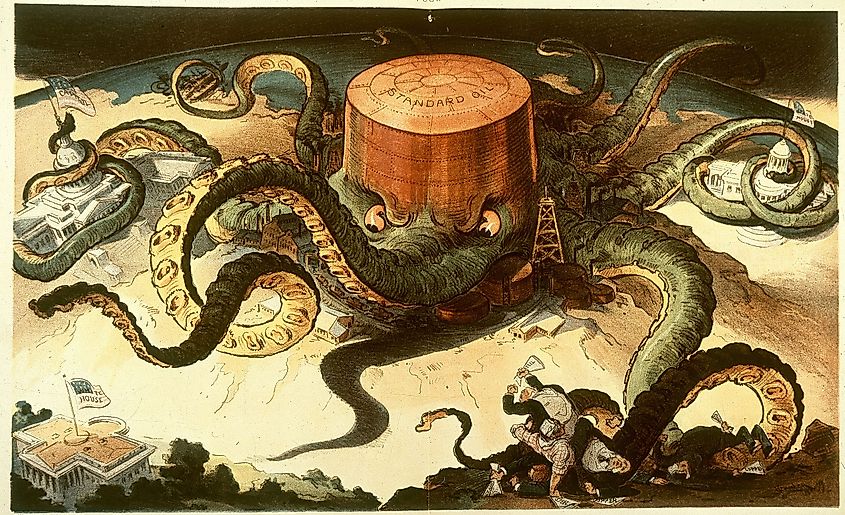
In 1911, the Supreme Court found that the company was in violation of the Sherman Antitrust Act, with too much of a monopoly in the oil industry. So, they broke it up into 34 separate companies. This remained profitable for Rockefeller, whose wealth amassed to $900 million over the next few years.
John D. Rockefeller: The Philanthropist
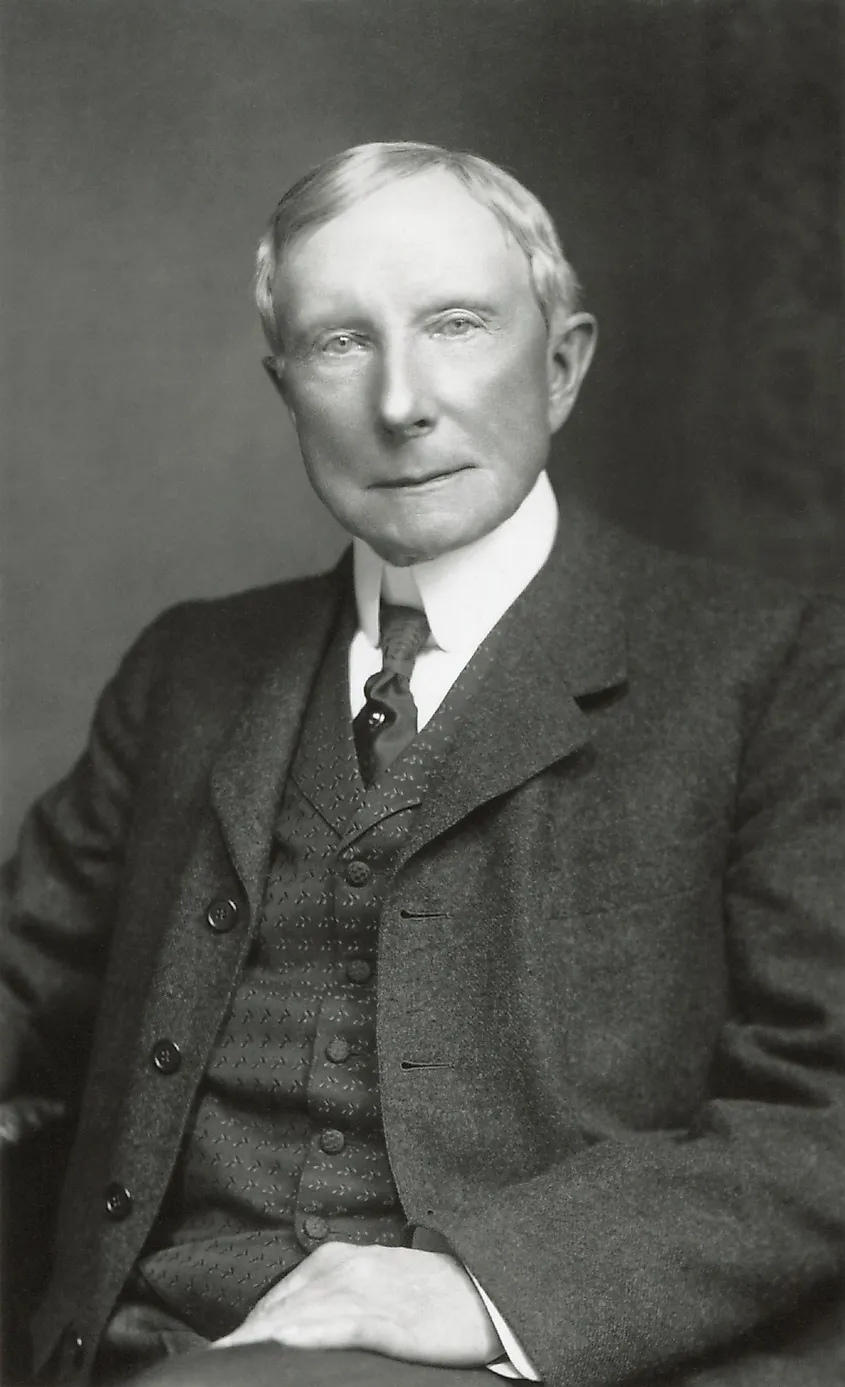
After retirement, Rockefeller turned his attention to philanthropy. While his son, John D. Rockefeller Jr and Frederick T. Gates had full-time management of the fortune, Rockefeller continuously made donations for the betterment of society.
He donated $75,000,000 to the University of Chicago by 1932. He also set up the Rockefeller Institute for Medical Research (now known as Rockefeller University), donating $50,000,000 by the 1930s.
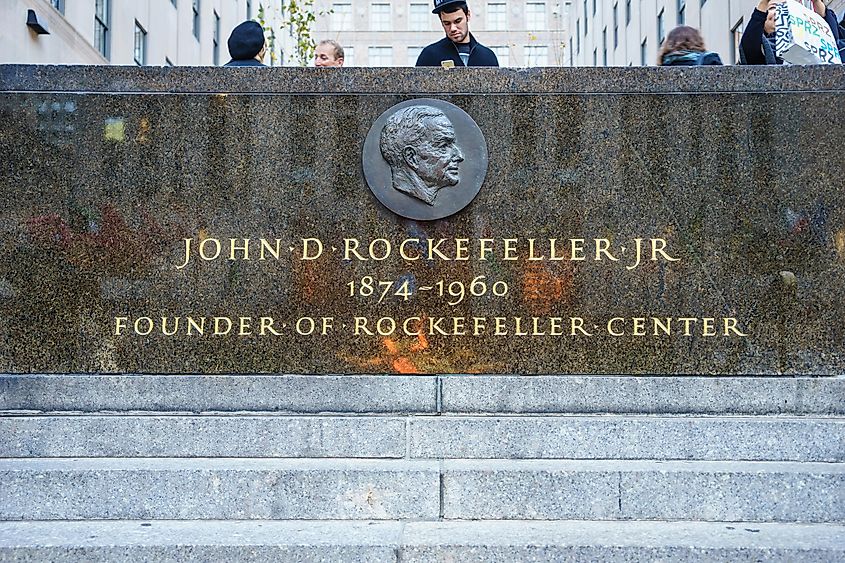
Rockefeller also founded the General Education Board in 1903, which aids in developing high schools throughout the South. Following that, in 1919, he donated $50 million to the board to raise salaries. In 1909, the Rockefeller Sanitary Commission came to life, helping to eradicate hookworm in the South by 1927.
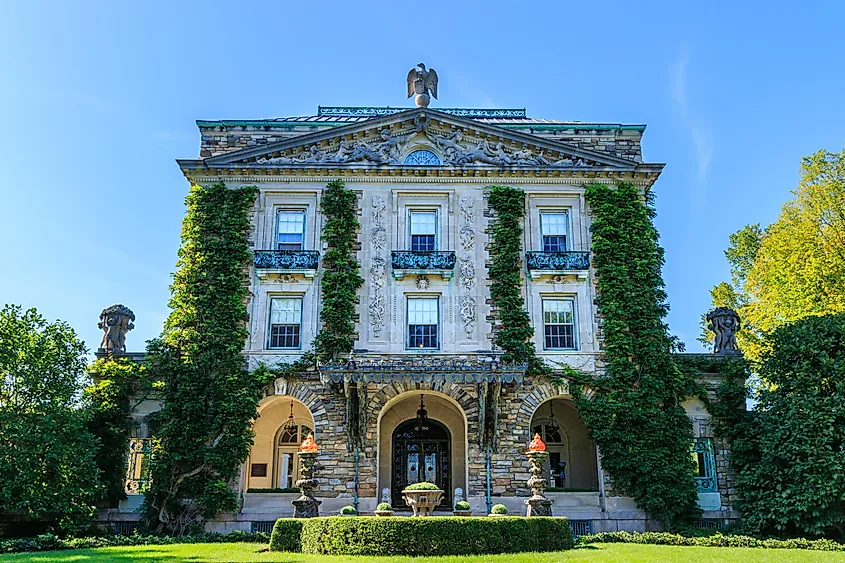
John D. Rockefeller Sr was able to enjoy a 40-year retirement and passed away on May 23, 1937. His estate was only $26,410,837, as he had given much of it away and left the rest to his family. He gave away $500 million in his lifetime, which is an estimated $8 billion today. However, his heirs are still worth $11 billion.
In Summary
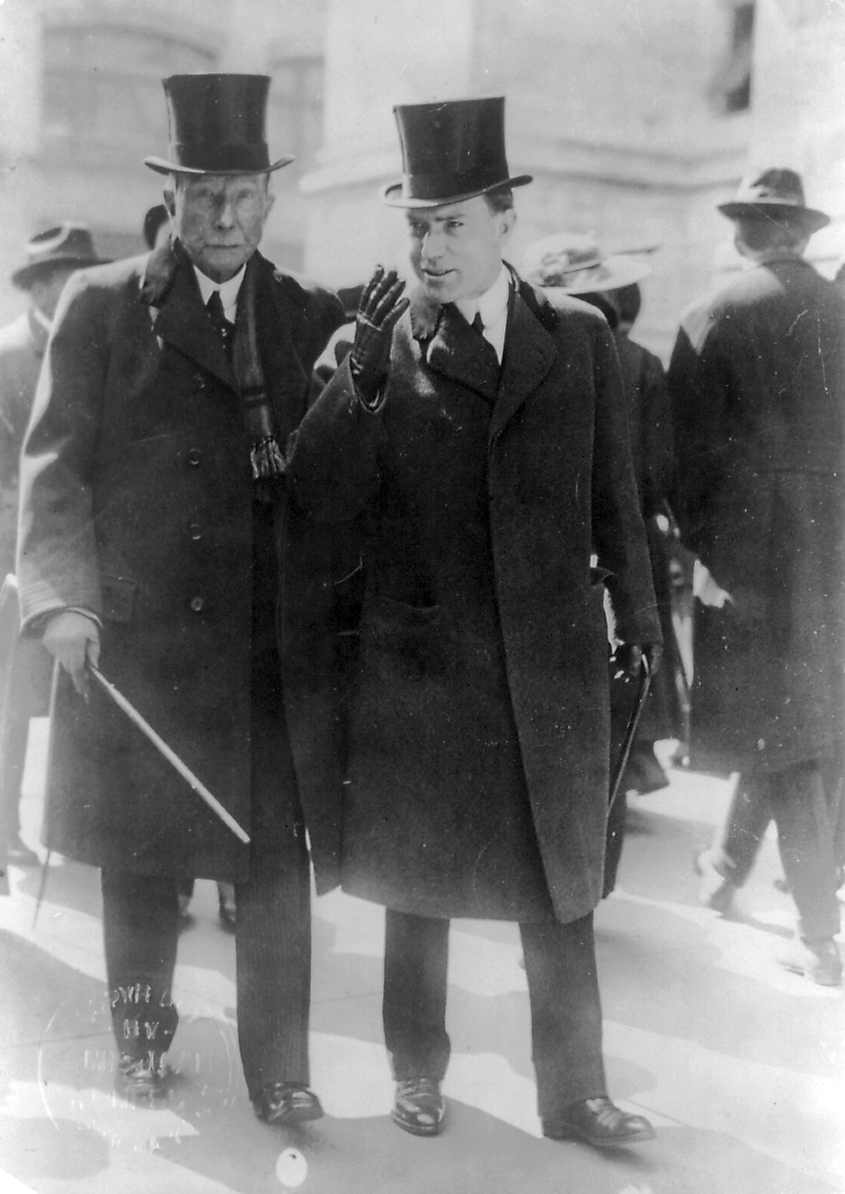
John D. Rockefeller pursued business endeavors from a young age, consistently moving towards bigger and higher-paying jobs and learning different business strategies along the way. By only 31, he founded the Standard Oil Company, which became his largest source of income.
With plenty of influence and the title of the richest American in the country, he also left behind a legacy of philanthropy and created numerous foundations that had a profound effect on medicine, education, and research.











